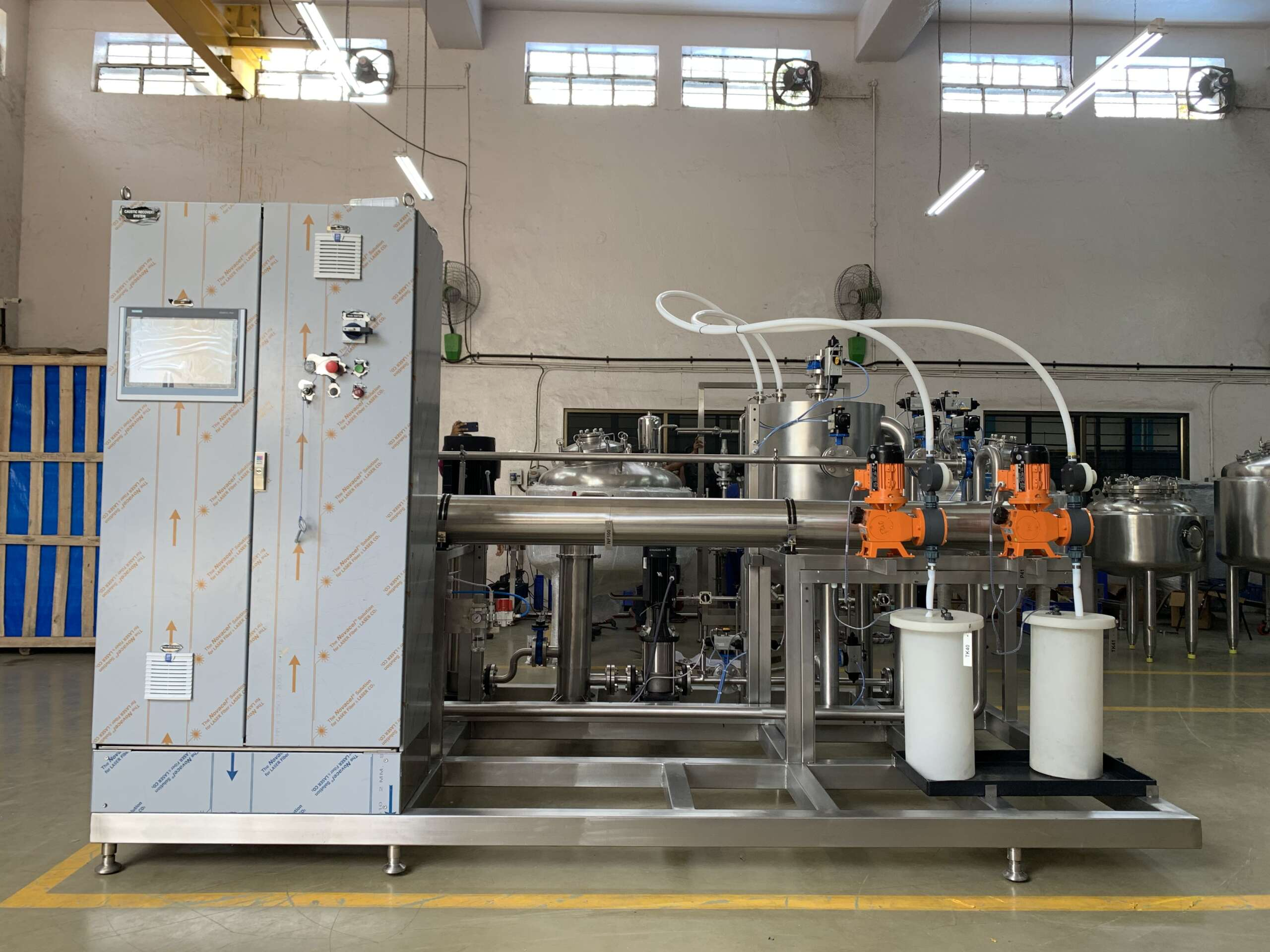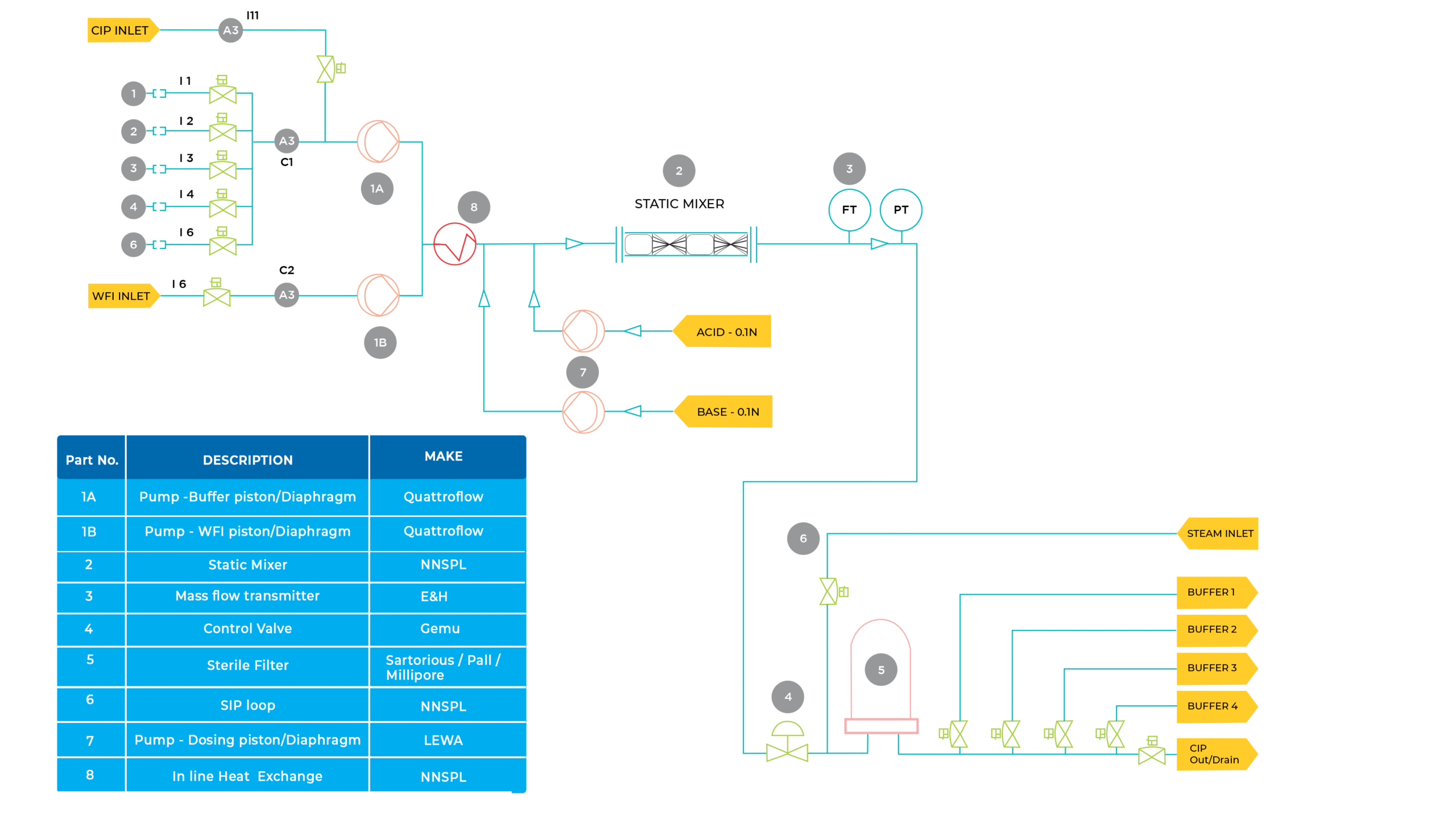PROJECT MANAGEMENT
EXECUTION
To execute the projects quickly and effectively, efficiency is needed throughout the board in the face of brand-new fast paced competition. A comprehensive approach towards conducting a well-organized and time-bound project is of utmost importance to carry out any project. Our project managers coordinate among the different departments, including Sales & Marketing, R&D, Procurement, Manufacturing, and outside partners so that they can keep the customer updated on all the scheduled activities. We treat our customers as our partners and present them with timely updates on the project at every stage. Additionally, to ensure that there are no errors, multiple documents are shared for approval on a timely basis, to avoid any last minute surprises.
OUR PROJECT MANAGEMENT ACTIVITIES COVERS:
Schedule
Budget
Design Level I Doc – P&ID & BOQ
Data Sheet Approval
DQ
Electrical IO List
Layout Approval
Design Level II Doc – Detailed engg.
FAT protocol
SAT
IQ
OQ
Site Layout, Designing
Installation
Commissioning
Training & Handover

VALIDATION PROCESS:
Validation is the documented process of demonstrating that a system or process meets a defined set of requirements. There are a common set of validation documents used to provide this evidence.
Validation Planning
The decision is made to validate the system. A project lead is identified, and validation resources are gathered.
Requirement Gathering
System requirements are identified. Requirements are documented in the appropriate specifications. Specification documents are reviewed and approved.
System Testing
Testing protocols are written, reviewed, and approved. The protocol is executed to document that the system meets all requirements.
System Testing
Testing protocols are written, reviewed, and approved. The protocol is executed to document that the system meets all requirements.
System Release
The Summary report is written and system is released to the end-users for use.
System Release
The Summary report is written and system is released to the end-users for use.
Change Control
If changes need to be made after validation is complete, change control ensures that the system change does not affect the system in unexpected ways.
Importance of Validation of a
System – Benefits to Customer
Importance of Validation of a System – Benefits to Customer
Deep study & understandings of the system & equipments is possible because of validation documents.
It helps to determine the worst case & risks that may arise during the manufacturing of the quality products.
It helps to investigate deviation causes during the process.
The risk of the regulatory non compliance is minimized after the validation
Decrease the chances of the failure of the system.
Sanitech Engineers Validation Documents:
Sanitech Engineers thus maintains the set of following validation documents for value addition to customer:
- Design Specification (DS): The objective for this design specification is to specify the basic and detail design engineering of the system.
- Factory Acceptance Test (FAT): The purpose of this document helps verify that newly manufactured system or equipment’s meets its intended purpose. The FAT validates the operation of the equipment and makes sure the customers’ purchase order specifications and all other requirements have been met.
- Installation Qualification (IQ): A documented verification process that the instrument or piece of equipment has been properly delivered, installed and configured according to standards set by the manufacturer or by an approved installation checklist.
- Operational Qualification (OQ): Operational qualification is the next step in quality assurance and involves testing the equipment and making sure it performs as specified, within operating ranges as listed by the manufacturer. All aspects of the equipment receive individual testing and the tester documents with proper operation of each.
- Site Acceptance Test (SAT): The purpose of this document is to validate that the control and safety systems are fully operational in accordance with their functional specifications prior to using them to operate the processing unit. SAT is done at the worksite.


